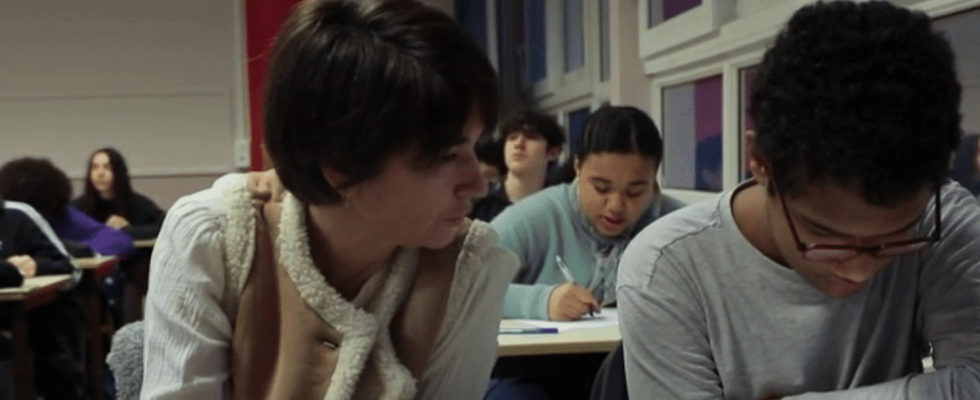Published
Video length: 3 min
Education: tools to help dyslexic students overcome this invisible handicap
Nearly 5% of French students are dyslexic. In classes, arrangements are put in place to facilitate their learning, while start-ups and engineers develop tools to help them in their daily lives. – (France 2)
Nearly 5% of French students are dyslexic. In classes, arrangements are put in place to facilitate their learning, while start-ups and engineers develop tools to help them in their daily lives.
From childhood, people with dyslexia show the following symptoms: repeated errors, confusion of sounds or hesitant writing. A difficulty that makes schooling less peaceful. Some classes have been adapted for dyslexic people. That day, 3rd grade students had a French assessment. Out of 28 students, four are dyslexic. They have a set up control. For the most difficult dyslexics, an AESH (accompanying students with disabilities) provides help.
Only 25% of diagnostic requests can be processed
According to professionals, over time, the difficulties of dyslexics diminish and allow them to better cope with this invisible handicap. Marie Tabaud-Deboth, vice-president of the National Federation of Speech Therapists, emphasizes the importance of early diagnoses. But today, only 25% of diagnostic requests can be processed, due to the lack of speech therapists.
So, start-ups and engineers are developing tools to improve everyday life, such as Glaaster software, which uses artificial intelligence. From a photo or a digital document, the platform adapts each text to the needs of its reader. In France, nearly 5% of students are dyslexic.
